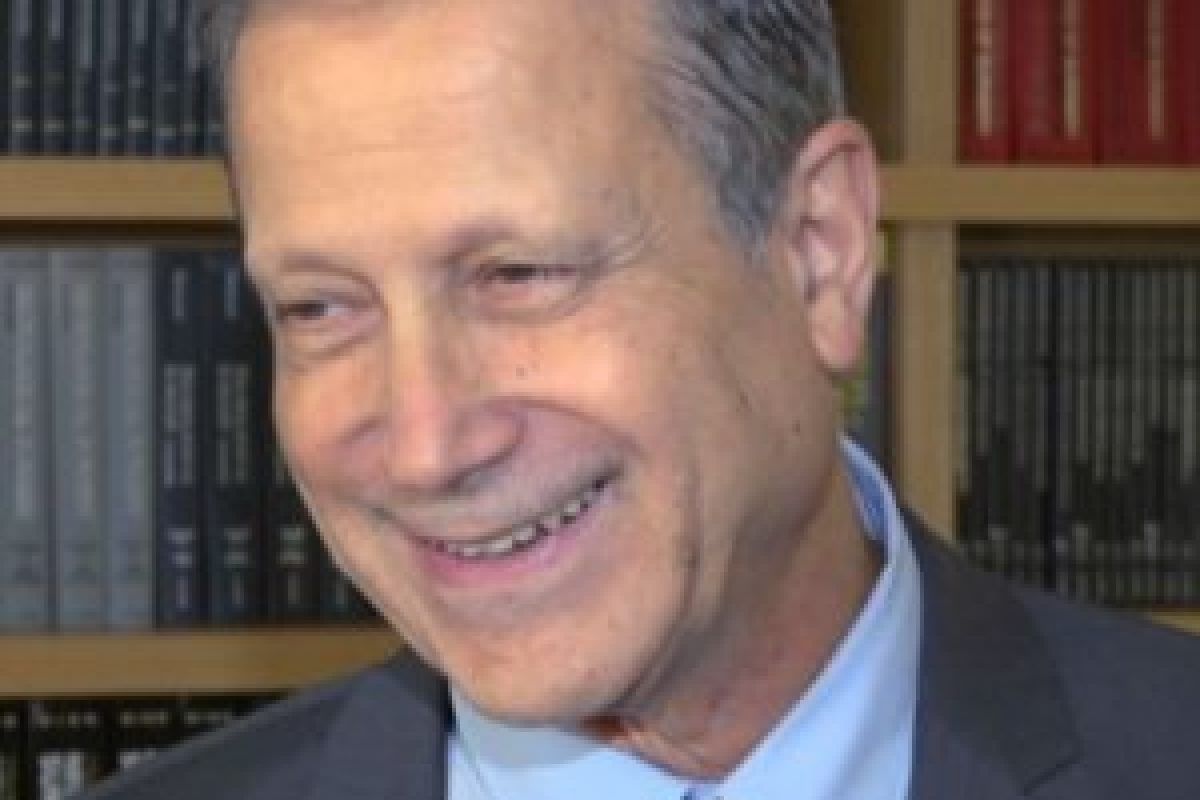Biography
Mechanisms of Neural Repair Role of Trophic Factors on Activity-dependent Plasticity We are interested on the mechanisms by which environmental factors affect neuronal health. We have found that trophic factors endogenous to the brain and spinal cord can be induced by the practice of select behaviors. We have recently reported that physical activity, learning, and nutritional factors control neurotrophins in the brain. These findings opened the exciting possibility that regulation of trophic factors by behavior can be a pivotal mechanism by which specific experiences can impact the structure and function of the CNS. It may account for the improvement of CNS function after trauma provided by rehabilitative therapies. On the contrary, it may explain the decay in function in aging or degenerative diseases following a lack of stimulation. These two avenues provide direction for my research program: 1) How trophic factors induced by activity can help functional recovery following brain and spinal cord trauma. We are using several exercise models to boost the production of trophic factors in the brain and spinal cord. Our goal is to provide critical information to guide the design of behavioral therapies for the reduction of the severity of insult or disease, and to increase CNS function. 2) We are evaluating the effects of lifestyle on trophic factor production, with resulting effects on circuit remodeling, synaptic function, and cognition. We believe that changes in trophic factor as a result of select experiences can affect neuronal health with profound consequences for cognitive function.
Biography
Professor Harris directs NEIL lab with over 25 years of experience with rodent CNS injury models and in particular using MRI and PET to assess structure and function. He received his B.Sc. in Biology/Neuroscience from University of Portsmouth in 1988, and his Ph.D. in Physiology from King’s College London in 1991. Dr. Harris’s early focus of research addressed the question of optimal timing for intervention after the diagnosis of infantile hydrocephalus. Prior to joining University of California Los Angeles (UCLA), Dr. Harris received training in multimodality imaging techniques, including PET, structural MRI, fMRI, DTI, and Glucose/blood-flow autoradiography at Kings college University of London, University of Florida McKnight Brain Institute, the Royal College of Surgeons unit of Biophysics in the Institute of Child Health, and University of Cambridge Department of Neurosurgery. Subsequently, Dr. Harris conducted studies to address forebrain ischemic stroke looking at the potential use of non-invasive biomarkers to determine salvageable areas of brain. The studies were cited amongst primary reported findings on biophysical mechanism of the change in water diffusion after stroke. Dr. Harris currently resides as Professor in Residence of UCLA Department of Neurosurgery where he primarily conducts investigations on Traumatic Brain Injury and is the scientific director of UCLA 7T animal imaging core.





